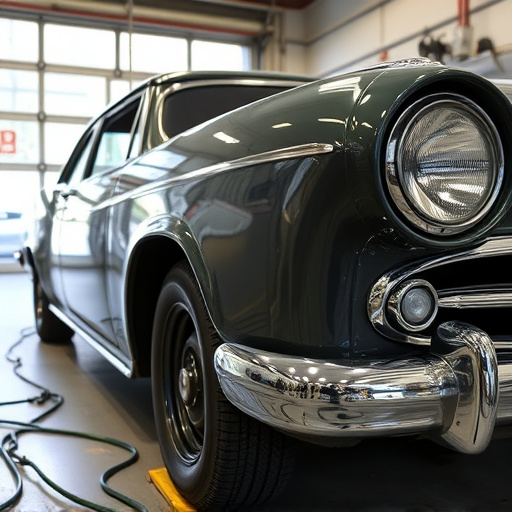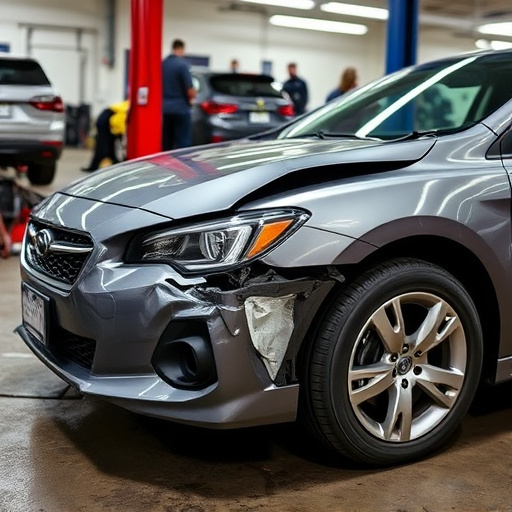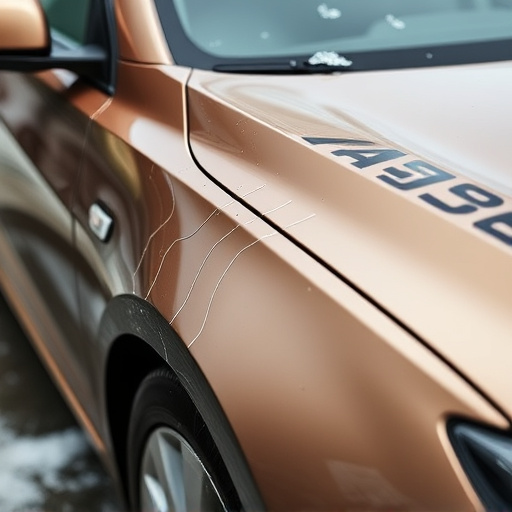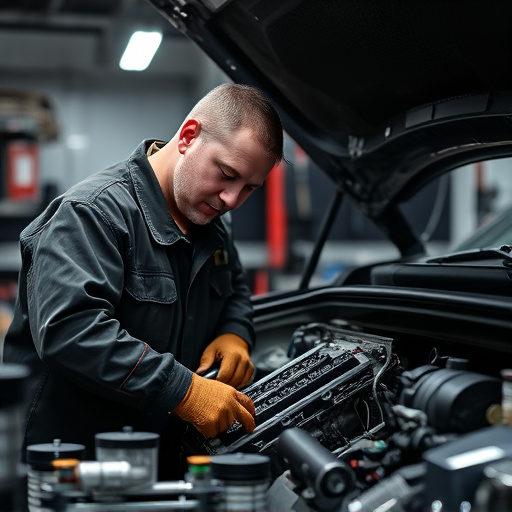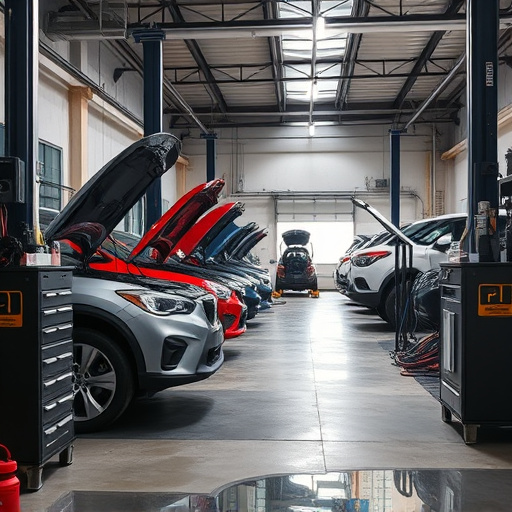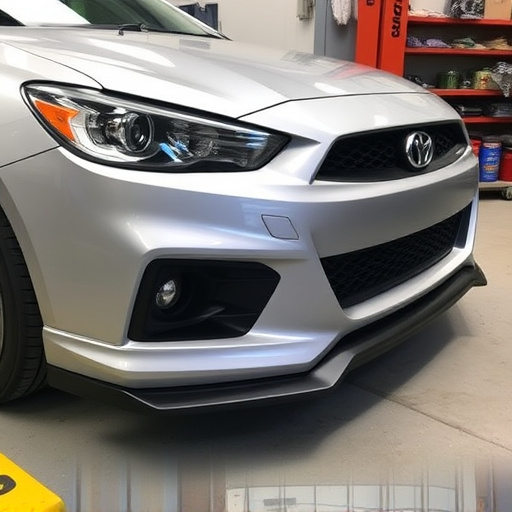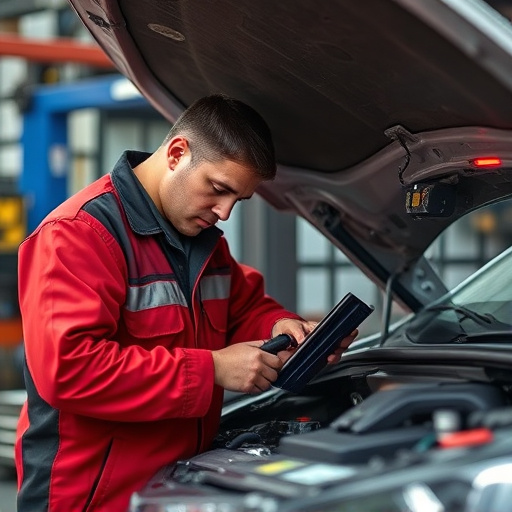Passenger van body repair requires skilled technicians armed with specialized tools and knowledge to address unique challenges beyond standard auto repairs. It involves meticulous assessment, precise straightening, and expert painting to match factory finishes while preserving structural integrity and aesthetic appeal. A well-equipped shop with hand tools, welding machines, paint guns, sanders, quality materials, and tire services is vital for handling a wide range of van damage, from cosmetic to structural, ensuring safe, top-tier repairs that meet industry standards.
Mastering passenger van body repair is essential for maintaining fleet vehicles and ensuring safety on the road. This comprehensive guide offers 10 invaluable tips to elevate your repair excellence. From understanding basic damage assessment and safety protocols, to mastering advanced techniques like paintless dent repair and seamless panel fusion, this article covers everything. We’ll also delve into finishing touches, quality control, post-repair inspections, and long-term maintenance tips for optimal van performance.
- Understanding Passenger Van Body Repair Basics
- – Assessing damage and safety protocols
- – Tools and equipment essential for repair
Understanding Passenger Van Body Repair Basics

Understanding passenger van body repair involves grasping the fundamentals of auto body work tailored to this specific vehicle type. Passenger vans, with their larger size and unique design, require specialized skills and techniques for effective repairs. The process encompasses more than just fixing dents; it includes ensuring structural integrity, aligning panels precisely, and maintaining the van’s overall aesthetic appeal.
Mastering passenger van body repair basics necessitates knowledge of various tools and methods, such as frame straightening techniques to correct any misalignments, along with an understanding of auto body repair principles. This involves assessing damage, disassembling affected areas if needed, and then precisely patching, painting, and reassembling to match the original factory finish. With meticulous attention to detail, skilled technicians can restore passenger vans to their pre-accident condition or enhance their appearance through custom modifications.
– Assessing damage and safety protocols
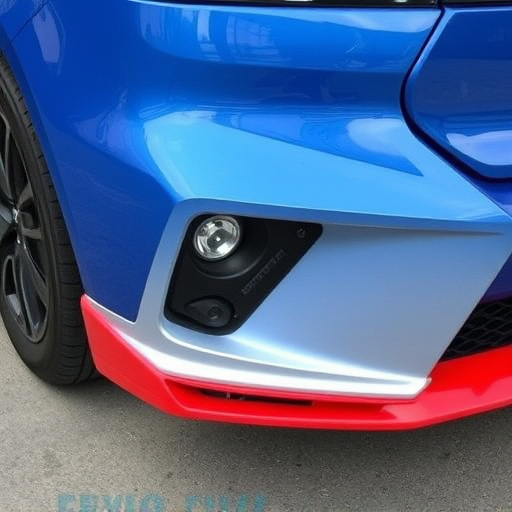
Before diving into any passenger van body repair, a thorough assessment of the damage is crucial. This initial step involves meticulously examining the vehicle’s exterior for dents, scratches, cracks, or other signs of deterioration. It also includes checking the structural integrity of the body panels, frame, and safety systems to ensure that repairs are not only cosmetical but also safe. Implementing proper safety protocols during this phase is essential to prevent further damage and ensure the technician’s well-being.
During assessment, consider factors such as the severity and location of dents (dent repair), depth of scratches (car scratch repair), and any misalignment in body panels. For larger or complex damages, it might be necessary to refer to specialized car bodywork services to achieve the best results. This methodical approach ensures that repairs are accurate, efficient, and aligned with industry standards for passenger van body repair.
– Tools and equipment essential for repair
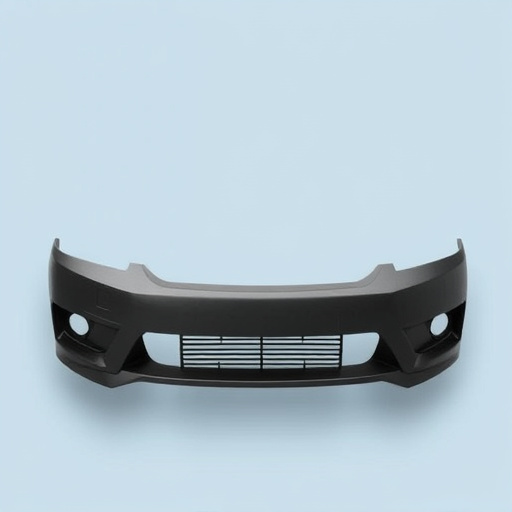
When it comes to excelling in passenger van body repair, having the right tools is paramount. An auto repair shop equipped with a comprehensive set of tools tailored for this specific task can make all the difference in terms of efficiency and quality. This includes basic hand tools like hammers, screwdrivers, and pliers, as well as more specialized equipment such as welding machines, paint guns, and sanders. These tools enable precise and accurate repairs, ensuring that the van’s body is not only structurally sound but also aesthetically pleasing.
Beyond the primary tools, an auto body repair shop should also invest in high-quality materials like body panels, paints, and sealants. Additionally, offering tire services as part of their package can further enhance their capabilities. With these essential components at hand, technicians can undertake a wide range of repairs, from minor dents and dings to more complex structural damage, all while maintaining the van’s original appearance and safety standards.
Mastering passenger van body repair is a multifaceted skill that combines technical proficiency with a keen eye for detail. By understanding damage assessment, adhering to safety protocols, and investing in the right tools, technicians can achieve excellent repairs, ensuring the safety and satisfaction of every passenger. These ten tips serve as a comprehensive guide, empowering professionals to excel in this specialized field of vehicle restoration.
